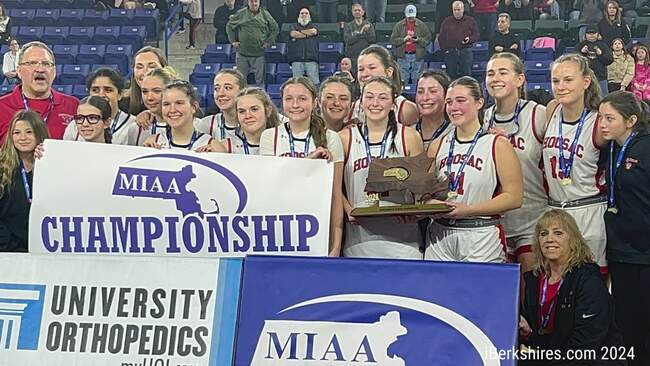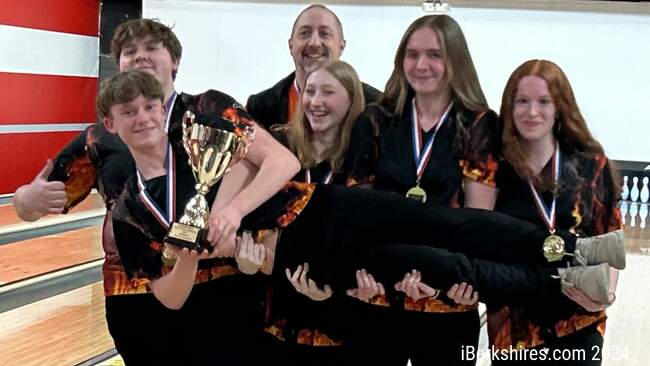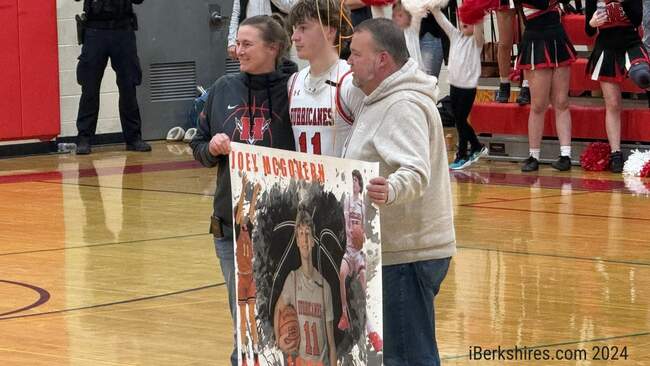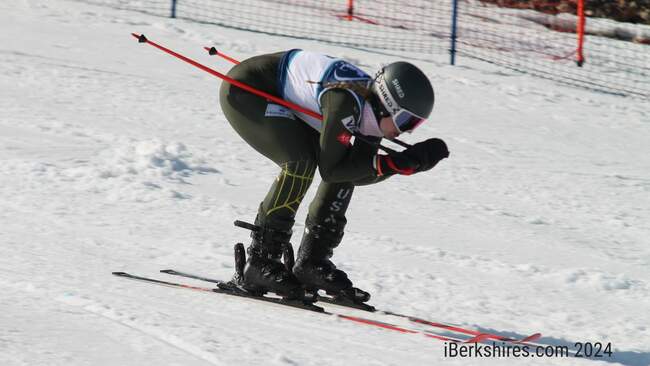That's Life: Celebrating St. Patrick's Day
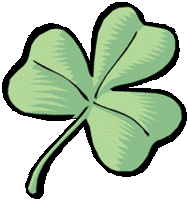 |
In celebration of the holiday, decorative shamrocks and leprechauns are displayed in stores. Family members and friends exchange greeting cards emblazoned with green lettering conveying such messages as: "Irish you were here," "Happy St. Paddy's Day," and "An Irish blessing is what your friendship is to me."
Restaurants serve corned beef and cabbage, Irish coffee, clover-shaped cookies and green cupcakes. And many a pint of green beer is raised in a toast: "Erin Go Bragh."
Marchers parade down main streets of towns and cities, creating a sea of green hats, carnations and banners. As bagpipers and brass bands play spirit-stirring songs from "the old country," youngsters as well as oldsters tap their toes to the rhythm of the music.
According to historians, St. Patrick's Day was first publicly observed in the American Colonies in Boston in 1737.
During the Revolutionary War, Irish soldiers of the British army marched on Fifth Avenue on St. Patrick's Day. By the 19th century, enthusiasm for St. Patrick's Day parades had increased immensely. Nonetheless, a parade sometimes drew criticism from spectators and the press. For instance in 1848, "The Irish Citizen" protested that so many German bands were hired, there were too few Irish in the parade.
In more recent years, the center line on New York City's Fifth Avenue has been painted green for the St. Patrick's Day parade, which is the largest and most festive in all of New York.
There are also St. Patrick's Day parades in England, Canada, Germany, Russia, Japan, Korea and, of course, Ireland.
 March 17 was proclaimed a Catholic Holy Day honoring St. Patrick following his death on that day in 461. But the holy day evolved into a secular holiday marked with parades and parties, and the wearing of the green — the color of spring, the shamrock and Ireland.
March 17 was proclaimed a Catholic Holy Day honoring St. Patrick following his death on that day in 461. But the holy day evolved into a secular holiday marked with parades and parties, and the wearing of the green — the color of spring, the shamrock and Ireland.St. Patrick was born in Wales in approximately 389 and, according to what he recorded of his life, considered himself a heathen until the age of 16. Then he was kidnapped by Irish marauders and sold into slavery. During his six-year ordeal in exile, he turned to God for help.
Upon escaping from his captors, Patrick returned to his parents' house in Wales. One night as Patrick slept, a man whom he had known in Ireland came to him in a vision and said, "Come walk with us once more." After a series of similar experiences, Patrick left his home and entered a monastery. Eventually, he was ordained a priest and then a bishop.
As a bishop, he returned to the land of his bondage and devoted the next 30 years of his life to converting the Irish to Catholicism. It is believed that he used the sermo (shamrock) to describe the Holy Trinity — the unity of Father, Son and Holy Ghost.
Folklore credits him with raising the dead and driving the snakes from Ireland.
Throughout his lifetime, Patrick endured much suffering at the hands of his foes, yet he remained a man of peace without weapon or desire to harm anyone. With unwavering trust in God, he feared nothing.
In Thomas Cahill's book "How The Irish Saved Civilization," it is noted that Patrick was an earthy, warm person attracted to high-spirited individuals. And I, therefore, believe St. Patrick smiles down on merrymakers who sing out to everyone they happen to meet on St. Patrick's Day, "May the luck of the Irish be with you."

